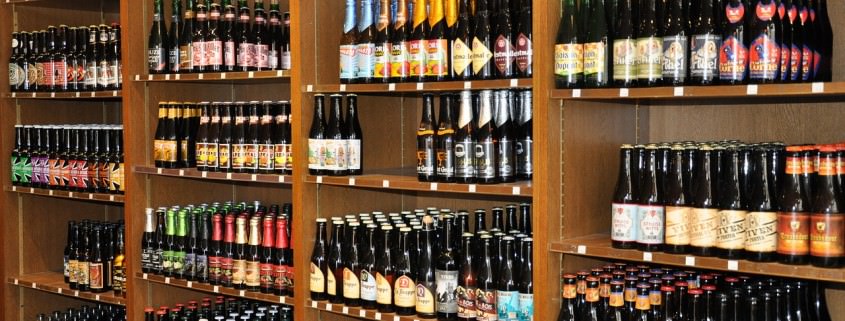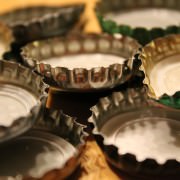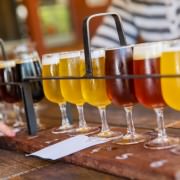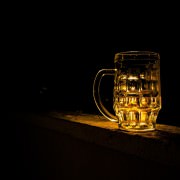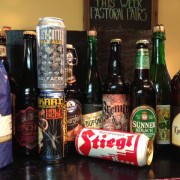“Basement” Beer: Aged Beer Gains Popularity
Wine isn’t the only drink that gets better when aged. Restaurants and bars are beginning to cellar specialty and hard-to-find beers in temperature-controlled vaults to enhance the aromas and taste. Americans have been flocking to craft beer for years and now beer-aging programs are giving customers a chance to try something new. Beer fanatics can now celebrate with beers that they wouldn’t find on tap. Storing beer takes skill and a lot of patience. Here’s what you need to know to start your aging program today.
Breweries in Europe have practiced the art of aging for years. In fact, a French ale adopted the name “biere de garde”, which translate to “beer to keep”. Europeans discovered that vintage beers create a complex taste that can only be achieved when letting them sit for one or two years. Some American beers, however, have been created for enjoyment at the time of release.
Aging beer is a more difficult process than wine. Beers tend to be more finicky than wines, due to the ingredients involved in the production process. The best beers to age are malt-forward brews that have higher alcohol and acidity. These include imperial stouts, barely wines, harvest ales, lambics, and sours. American lagers and hoppy beers (such as pale ales and IPAs), on the other hand, are better enjoyed fresh. Many places choose to age beers that come in a wine-size bottle (known as bombers), as opposed to the regular 12 oz bottle of beer. Restaurants can experiment with the time that the beer sits in the cellar, but the most common times to wait are between one and five years. Age beer that will pair well with items on your menu. The taste of the beer will bring out the best flavors of the food and vice versa.
So what are the ideal conditions for a beer cellar? Set up the section in an area that’s away from light and direct sources of heat. The temperature of the room should fall between 45 to 50 degrees to ensure freshness during the process. Higher temperatures shorten the lifespan of a beer. Along with temperature control, do your best to control the humidity. Moderate humidity is suggested to regulate the levels inside the beer. There’s some debate on whether or not to store a beer up-right or laying it on its side. Laying the beer on its side can sometimes cause a “yeast ring” or watermark inside the bottle but storing it upright causes the yeast to sink to the bottom. Whatever decision is made for the position of the beer, leave them be. Movement increases the effects of oxidation and age.
Aged beer is a great way to spark conversation about your establishment and drive in guest that are curious about the trend. Both beer lovers and newbies will be sure to talk about your restaurant and the experience they had with the aged beer. Wine step aside, there’s a new better-with-age beverage in town.
- Sommelier Surge in Restaurants - August 7, 2015
- 3 Up-and-Coming Restaurant Industry Trends - August 6, 2015
- Millennial’s Impact on the Wine Industry - August 4, 2015

